I’ve seen all the Laika movies – first Coraline, then ParaNorman, Boxtrolls, and finally the most recent (and my favorite), Kubo and the Two Strings. If you haven’t heard of Laika, they are a Portland stop-motion animation movie studio. Think of them like our local Pixar, bringing storytelling to the screen that appeals to adults and children. Recently the Portland Art Museum opened a special Laika exhibit Animating Life that showcases some of the behind the scenes of how Laika created those movies, and it’s worth a visit. The exhibit runs until May 20.


Laika scaled the giant skeleton (here 18 feet, which is 1/5 scale of the 90 feet in human scale the monster is in the story) to the average height of the other characters Kubo (9.25 inches), Monkey (13 inches), Beetle (21 inches), and Hanzo Origami (2 inches). I am not to scale with the characters.
Stop motion animation has a long history from the early 1900s in which movies are made by manipulating objects frame by frame and putting the frames together to make a movie. I recall stop-motion film favorites Jason and the Argonauts, 7th Voyage of Sinbad, and Clash of the Titans with a lot of fondness from my childhood. I remember watching a TV special about the painstaking behind the scenes of crafting each of the clay details and moving them while incorporating real human actors and actresses along with them in scenes.
Others stop motion productions, like Rudolph the Red-Nosed Reindeer, or Nightmare Before Christmas, created an entire the puppet world and use non-real-human protagonists. I have incredible affection for all the movies I named, and so when Laika came up on the movie industry scene I was thrilled that stop motion movies are still alive in creating fantastical worlds and characters and its not all CGI out there. There’s just something about having something semi-real, even if in small scale, that is in front of the camera that makes the story a bit closer and draws you in more then green screen and computers can do.
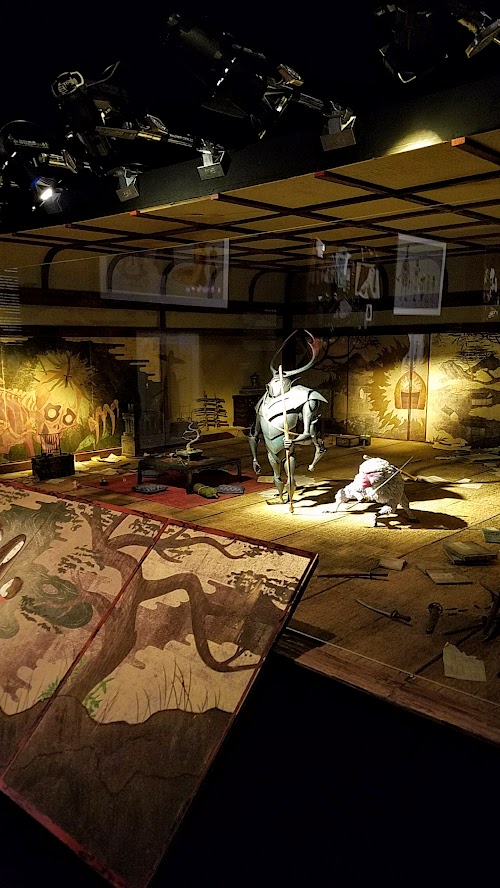

The Laika films are set in their own world without human actors/actresses, but they are populated with stop motion dolls representing humans as the heroes and heroines. Stop motion figures have now grown beyond being monsters to being main characters the audience needs to identify and root for. It also means thousands of lines of dialogue they have to be seen speaking, and feelings to express to the viewers.

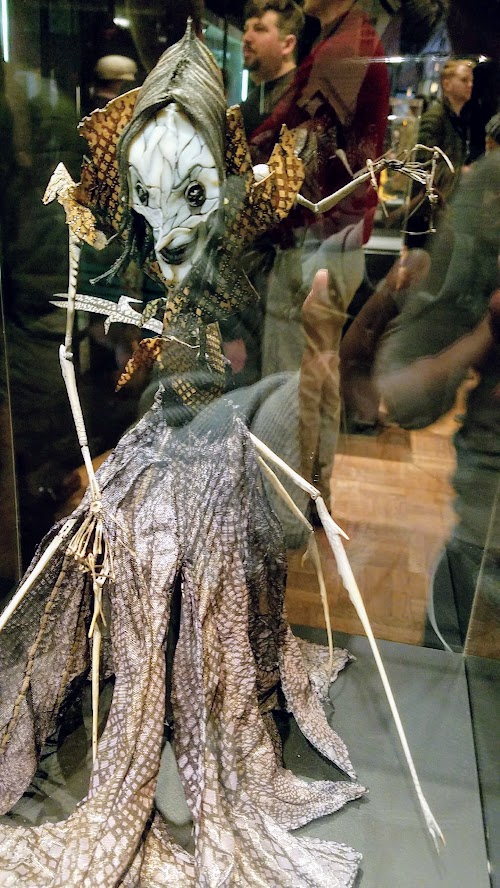
This is a serious amount of work – to give you an idea, each of the rows shown below is an example of a character speaking one line in the movie, one frame at a time.
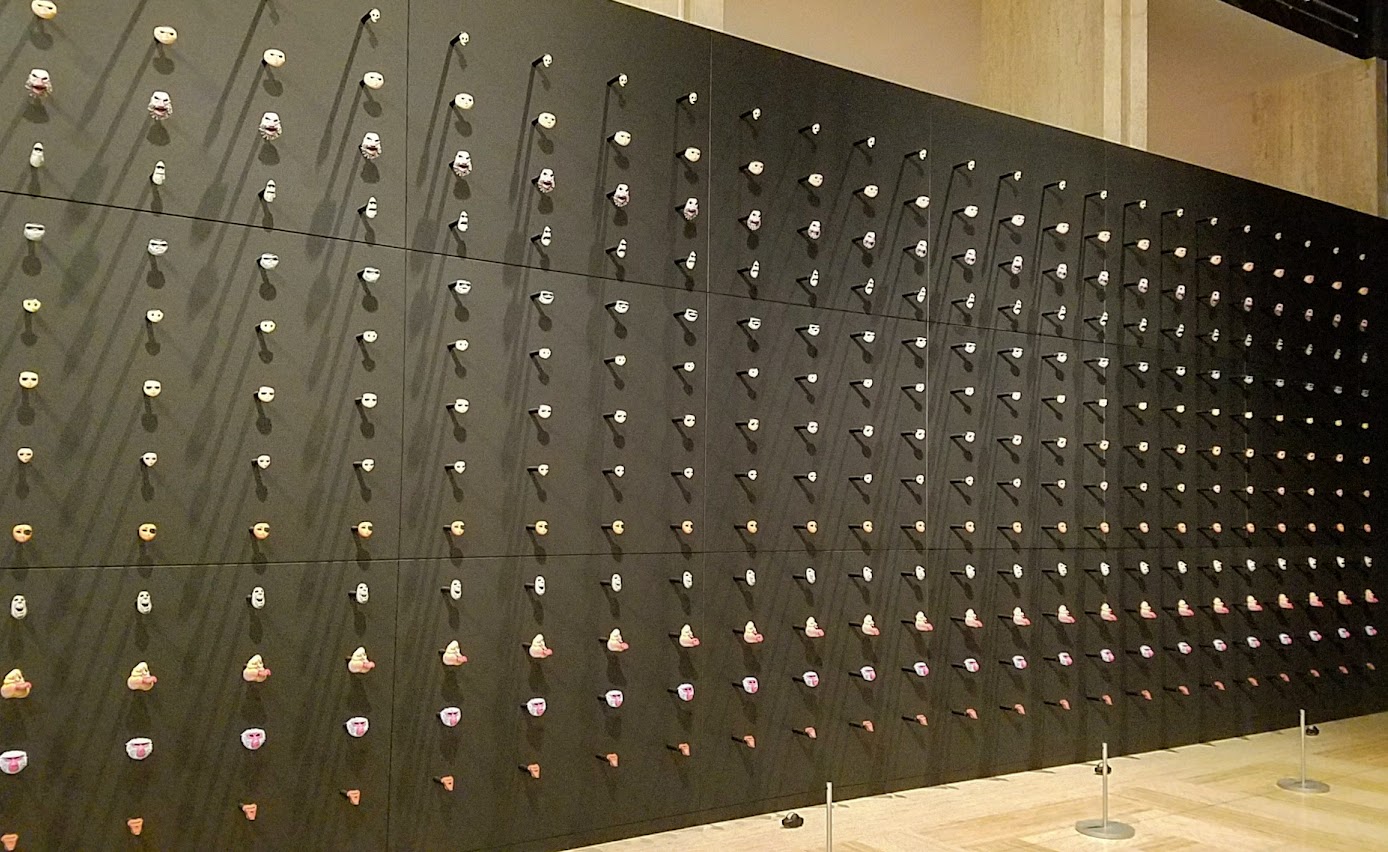



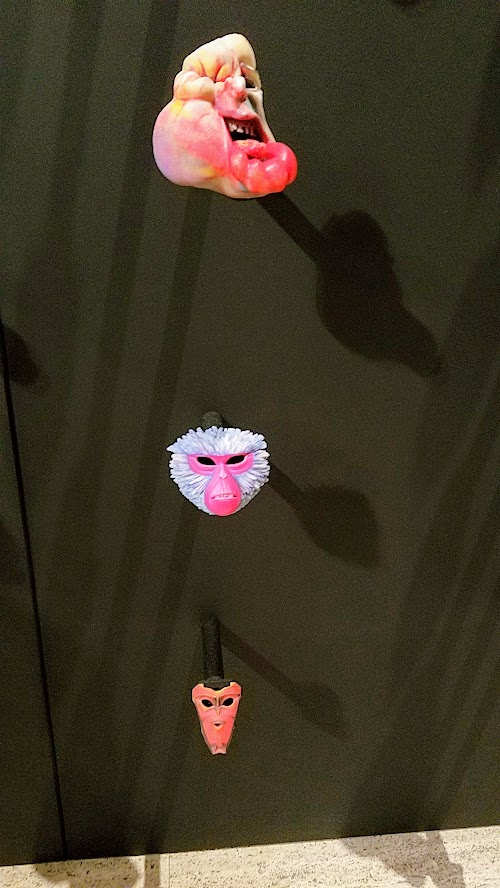
As you watch through the Laika movies, you can see how they’ve had breakthroughs in making the faces more emotionally expressive too as 3D printing technologies advance. You can see too their ability to break everything into small pieces that can all be swapped out for those nuances of motion.

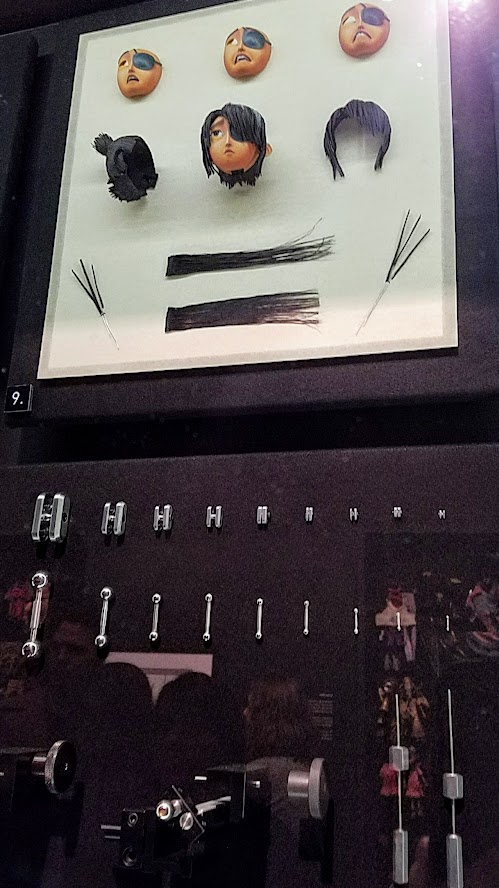
The exhibit at the Portland Art Museum definitely straddles the line between art and science. There is some technology that helps the process that is revealed: 3-D printing to produce the thousands of versions of faces and hands to animate a character, wire skeletons to help manipulate and move limbs or clothing of the puppets, a bowling ball that works as a trackball to animate a giant eye sea creature.

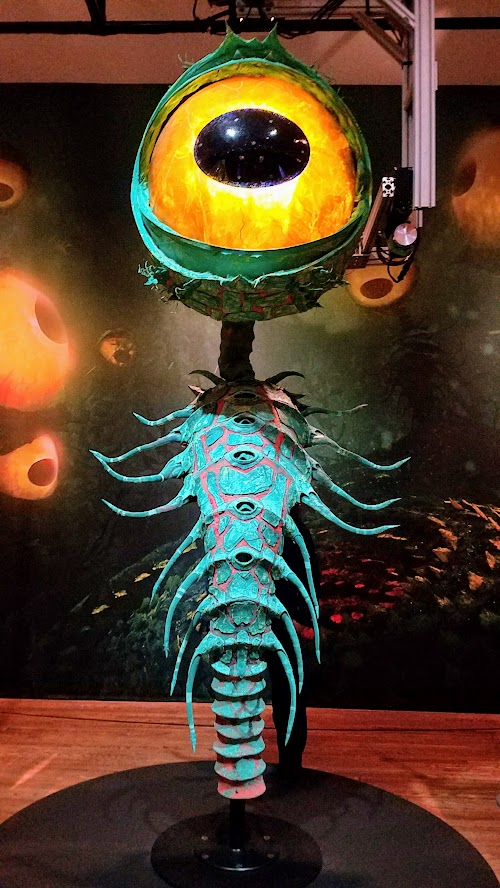


But, it becomes clear that the technology is in service of the art. Laika emphasis is first about the artistry and hyper levels of painstaking details that you may not notice. Thanks to the dedication to the details, it all together accumulates to realistic while also being otherworldly fantastic effect.

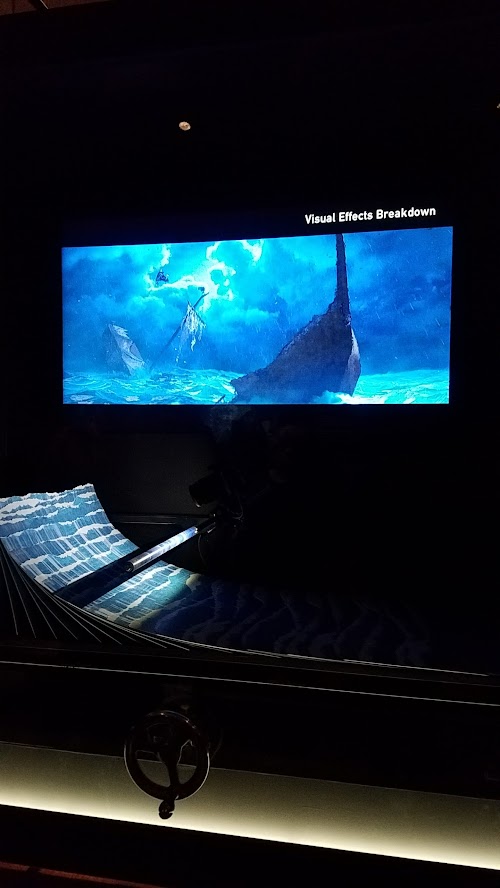
3-D animation is used to help but is a secondary technique to the stop motion physicality. As you look at the pieces in the exhibit, there is a tremendous amount of meticulous and exquisite hand made quality you notice to making things physical. But, it’s also functional even while being in small scale. For instance, think about all the tiny costumes… and that you can’t see the seams, just like real clothing.

By Kubo, the costumes themselves have armatures so they can move as their own character, and the costume team even engineered their own fabrics and used historical research to determine pattern designs. Metal powder is added to some fabrics to give it weight.

The details are not just in what the characters are wearing in their closeups. There are careful attention also to every part of the sets, even with environmental background pieces of scenes, like mini vegetables, the white lines of sashimi pieces, leaves, or a transparency projector.

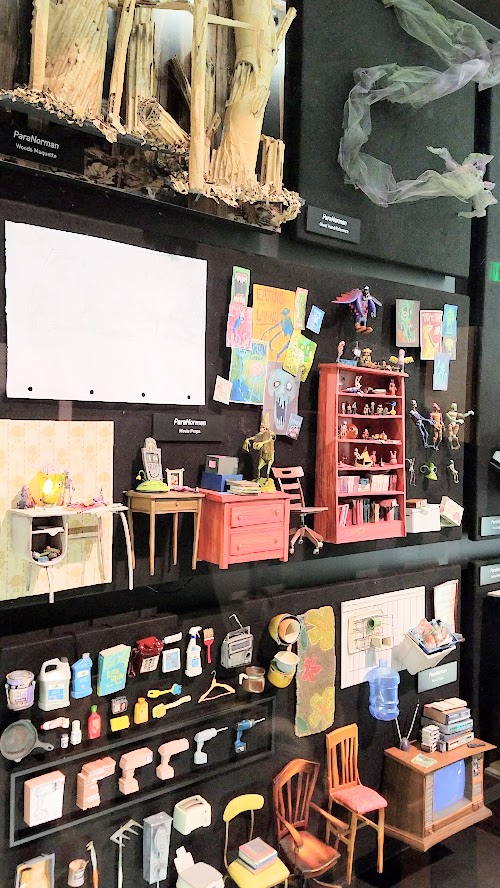
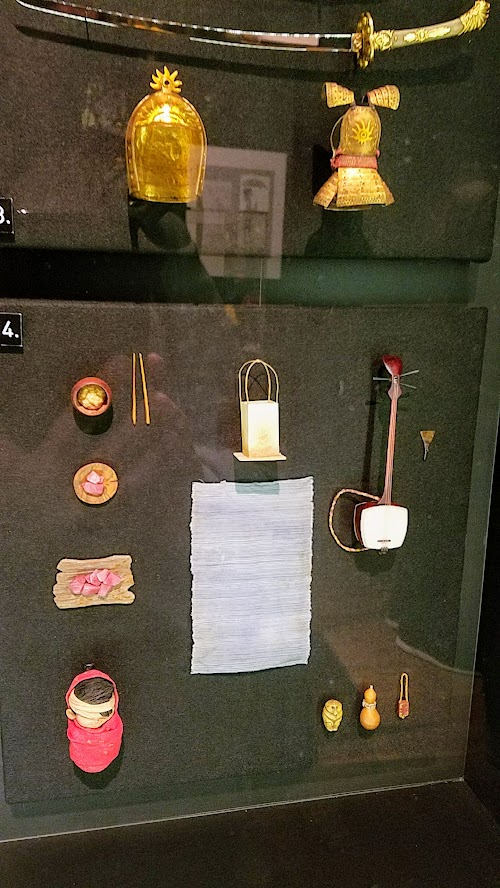



Some scenes are built to larger scale to get all the details on camera, like needle hands making the motions to sew a doll.

And some of sets are built to grand scale to shoot breathtaking 360 degree scenes.
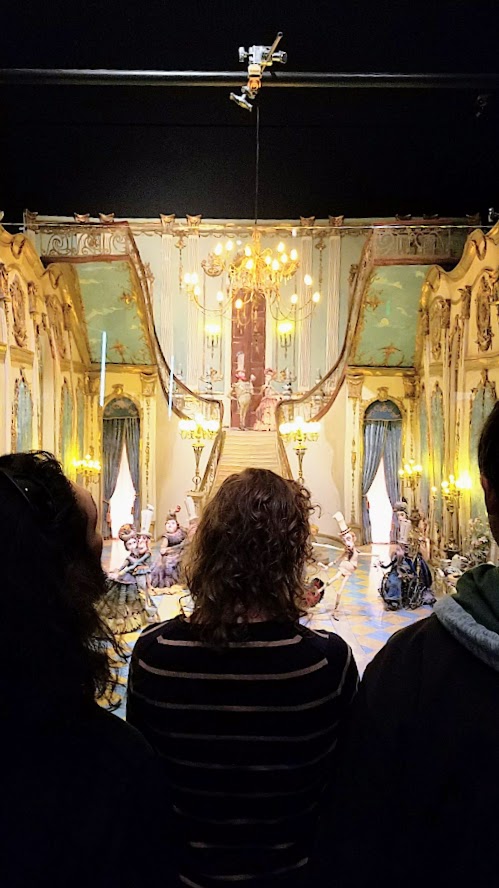

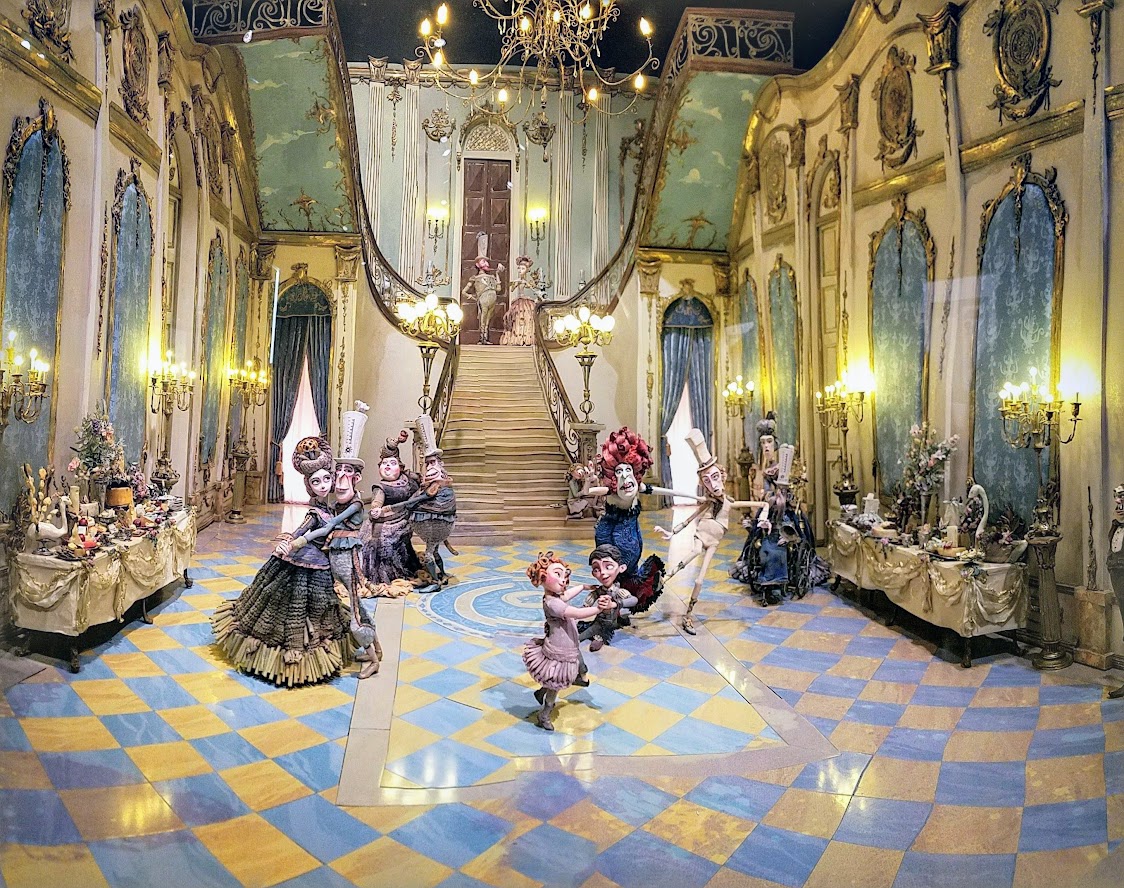

For most of the props, you can usually identify the movie based on the kind of line art and color palette which exists in world embodied in each film. Kubo and Coraline were easy for me, though I did mix Boxtrolls and ParaNorman a couple times because of the color palatte. The key to distinguish the Boxtrolls, as I learned from one placard, is how the way a character distorts the truth in Boxtrolls, so the movie manifests that corruption as the scenery of the town itself is a bit warped and buckled.

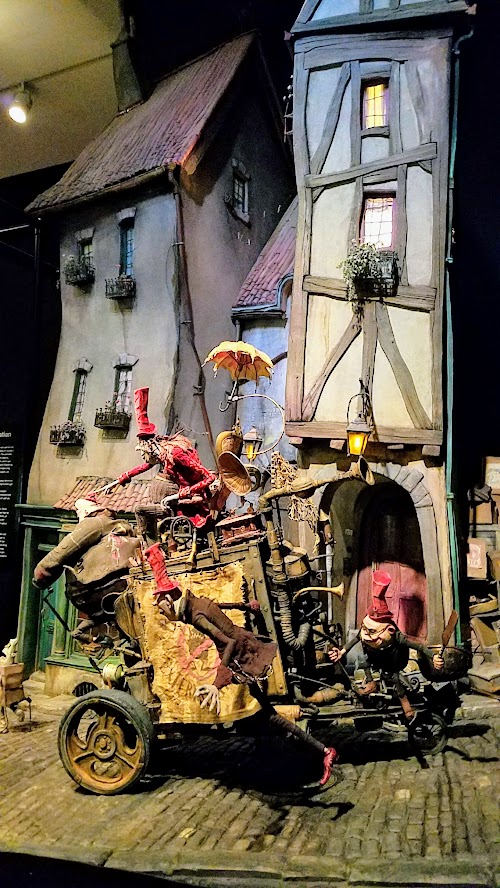
You might get the most if you do a marathon if you haven’t seen these 4 films yet, and then coming to visit. These photos just don’t do the exhibit justice. It’s not a huge exhibit, but you have to see with your own eyes the tiny details. There are lots of explanatory videos, and they have helpfully provided some nice couches to sit to watch the multiple shorts when your feet need a rest.


Admission to the Animating Life exhibit is included with Portland Art Museum general admission, and so make sure you save time to also examine the rest of the museum on your schedule.
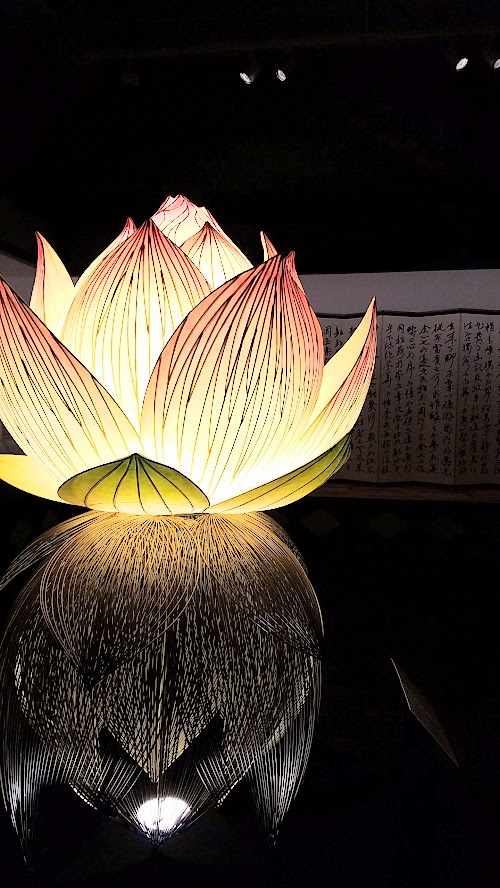

If you are looking for a bite to eat nearby, check out the Behind the Museum Cafe (though it can get crowded sometimes) offering teas and small Japanese snacks, or for more substantial eats I like Shigezo Izakaya, Headwaters, Picnic House, Higgins, Raven and Rose (especially their Rookery Bar), Nel Centro, or the casual McMenamins Market Street Pub. All that I mentioned are within a 3 blocks of the museum.
Have you seen the Laika films or other stop motion movies, what movies are your favorites?











Speak Your Mind